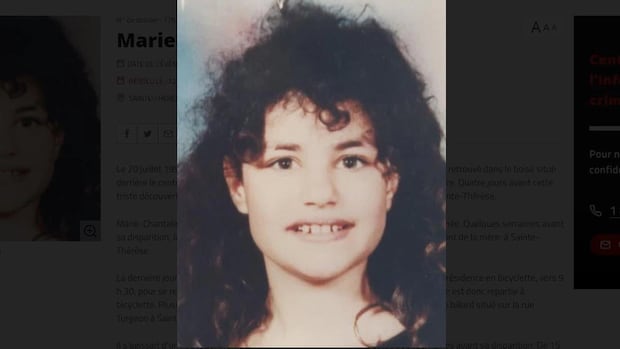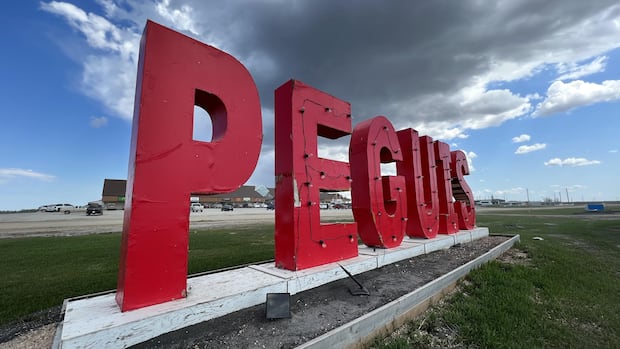AOL is discontinuing its dial-up service, which helped millions of households connect to the web during the internet’s formative years and was instantly recognizable for its beep-laden, scratch-heavy ring tone in the 1990s and early 2000s.
The company, which once dominated as the world’s largest internet provider, confirmed the move to CBC News on Sunday, saying it would discontinue dial-up as a subscription option on Sept. 30 “as we innovate to meet the needs of today’s digital landscape.”
Dial-up services were a mainstay of the early internet — as famously depicted in the 1998 romantic comedy You’ve Got Mail — and involved using a phone line to connect devices to the web. Those of a certain age will recall that this meant choosing between your landline and your internet access.
The company, which offered the service to customers in Canada and the U.S., didn’t offer details about its existing dial-up clients. With much-speedier broadband internet access now the standard for web connection in North America, the end of dial-up service raises the question of who was still using it.
“There are many parts of rural Canada that still do not have reliable access or any access to high-speed internet connectivity. And for them, dial-up is their only alternative,” said technology analyst Carmi Levy in an interview with CBC News.
“There are a number of regional or local players across the country that still provide low-cost dial-up access. The problem here is that the base, the internet as we know it, is no longer built for dial-up access. And so it’s a technology that time really has passed by,” Levy said.
According to a CRTC report published earlier this year, 95 per cent of Canadians have access to high-speed internet. But broadband coverage in the country’s three territories, as well as in rural areas and on First Nations reserves, is still catching up with the rest of Canada.
CBC News reached out to the CRTC to ask how many Canadians are still making use of dial-up services, which falls under the “fixed internet” umbrella that the regulator tracks. Data from the U.S. Census Bureau estimated that about 163,000 households were using dial-up exclusively for internet service in 2023.
“This isn’t gonna affect a lot of people, but if you’re one of those people who simply never transitioned off, it’s pretty seismic,” added Levy. “It means that at the end of September, you’re losing the only access to the internet that you’ve ever known.”
Canada’s major telecoms are scaling up fibre-optic networks for internet connectivity because they’re capable of transferring data at high speeds and tend to be cost-effective. Satellite services — including SpaceX’s Starlink — are also sometimes used for high-speed internet in rural and remote areas.
Dana Ditomaso, a technology analyst in Victoria says satellite coverage isn’t always reliable or fulsome in less populated areas. “Especially if it’s mountainous or there’s a lot of trees, even satellite internet isn’t going to work all that well because you need a clear line to the satellite,” she noted.
That’s where the gap filled by dial-up services might exist — but Ditomaso doesn’t expect any nostalgia-fuelled revival of the technology.
“It’s not gonna be like vinyl records, and people are like, ‘I really want that dial-up experience,’ you know?” she said.
“It’s people who have to have dial-up, not because they want to have dial-up.”






